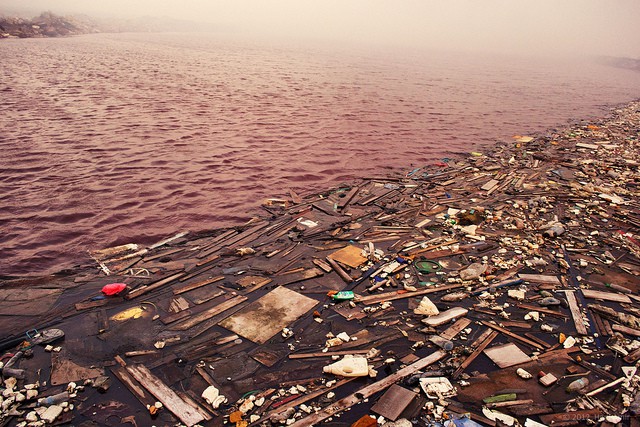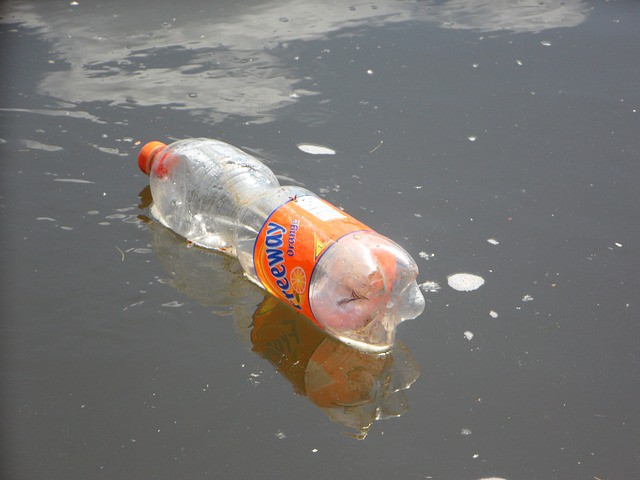Top 5 Strategies To Combat Water Scarcity

Water scarcity is the next big vexed question pestering the entire world. The reasons may be a lack of safe and clean drinking water, increased poverty, or high food costs. This has not only threatened ecosystems but also resulted in the rapid disappearance of different wildlife species.
This calls for stern actions from authorities all over the world. Thus, in this comprehensive guide, you will get information on all the top effective strategies that will really bring significant change in tackling the water scarcity issue. So, without any further ado, let’s dive right into the details.
Strategies To Combat Rising Water Scarcity To Protect All Ecosystems
Have a look at the top strategies that have proven helpful in limiting water scarcity. So, let us know more about them below.
1. Reduce Water Wastage And Usage
One of the top strategies to combat the rising issue of water scarcity is to reduce the overall usage of water and minimize water wastage. In modern cities and towns, leakage is one of the top contributors to water wastage. Fido Tech harnesses the power of AI and other advanced technologies to tackle the issue and offer smart solutions to reduce water wastage.
Moreover, everyone should play their part at the individual level to reduce the usage of water. You can opt for short showers and invest in rainwater harvesting to consume less water.
2. Elevate The Reservoir Water Storage Capacity
With the rising problem of climate change, the number of floods and droughts is also rising at an alarming rate. However, by expanding the reservoir capacity, the floodwater can be captured before it mixes with the ocean where it becomes salinized and pretty challenging to treat. The captured flood water can be used to provide water in the event of drought and help all living organisms.
3. Desalinate The Saline Water
There is abundant water present on Earth in the form of seas and oceans but the issue is that it is saline and cannot be used in daily activities. It is high time to invest in the technology to treat the saline water to make it consumable. However, treating and converting the saline water to fresh water requires a lot of energy. Companies have to make sure that they opt for sustainable sources of energy to treat water and deal with the rising issue of water scarcity.
4. Preserve And Protect Wetlands
Preserving wetlands stands as a vital strategy in combating water scarcity. These ecosystems act as natural sponges, absorbing and storing water during periods of abundance and releasing it during dry spells, thus regulating water flow and replenishing aquifers. By safeguarding wetlands, humans can protect crucial habitats for diverse flora and fauna while ensuring a sustainable water supply for communities.
Additionally, wetlands serve as effective filters, purifying water and mitigating pollution. Embracing wetland conservation measures not only addresses water scarcity but also promotes biodiversity conservation and enhances resilience against climate change-induced water stress, fostering a healthier and more sustainable environment.
5. Opt For Efficient Agricultural Practices
Indulging inefficient agricultural practices can help combat water scarcity. Employing methods like drip irrigation, soil moisture monitoring, and precision farming optimizes water usage, reducing waste and increasing crop yields. Crop diversification and selection of drought-resistant varieties further enhance resilience to water stress.
Moreover, Education and support for farmers to adopt these practices are crucial for sustainable water use in agriculture, ensuring food security and environmental preservation amidst growing water scarcity challenges.
The Final Verdict
With this, you must have gained insightful information on managing the water scarcity issue in a hassle-free manner. Following all these above-mentioned pointers will bring a revolution in solving the problem from its roots. So, it is time to make this change happen to save both our ecosystems and the environment from the inevitable doom.






